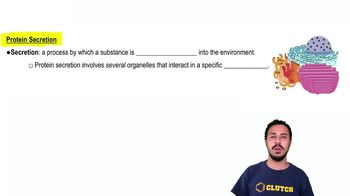Complete the following table:
<IMAGE>
 Verified step by step guidance
Verified step by step guidance



Complete the following table:
<IMAGE>
DRAW IT Identify the site colonized by the following organisms: E. granulosus, E. vermicularis, Giardia, H. pylori, hepatitis B virus, mumps virus, Rotavirus, Salmonella, Shigella, Streptococcus mutans, Trichinella spiralis, Trichuris.
<IMAGE>
Isolation of E. coli from a stool sample is diagnostic proof that the patient has
a. cholera.
b. E. coli gastroenteritis.
c. salmonellosis.
d. typhoid fever.
e. none of the above
Microscopic examination of a patient’s fecal culture shows comma-shaped bacteria. These bacteria require 2-4% NaCl to grow. The bacteria probably belong to the genus
a. Campylobacter.
b. Escherichia.
c. Salmonella.
d. Shigella.
e. Vibrio.
Explain how the following diseases differ and how they are similar: giardiasis, amebic dysentery, cyclosporiasis, and cryptosporidiosis.
A cholera epidemic in Peru had all of the following characteristics. Which one led to the others?
a. eating raw fish
b. sewage contamination of water
c. catching fish in contaminated water
d. Vibrio in fish intestine
e. including fish intestines with edibles